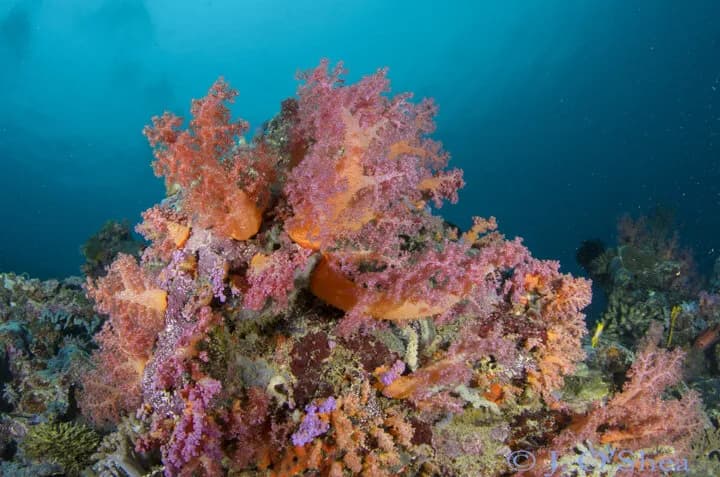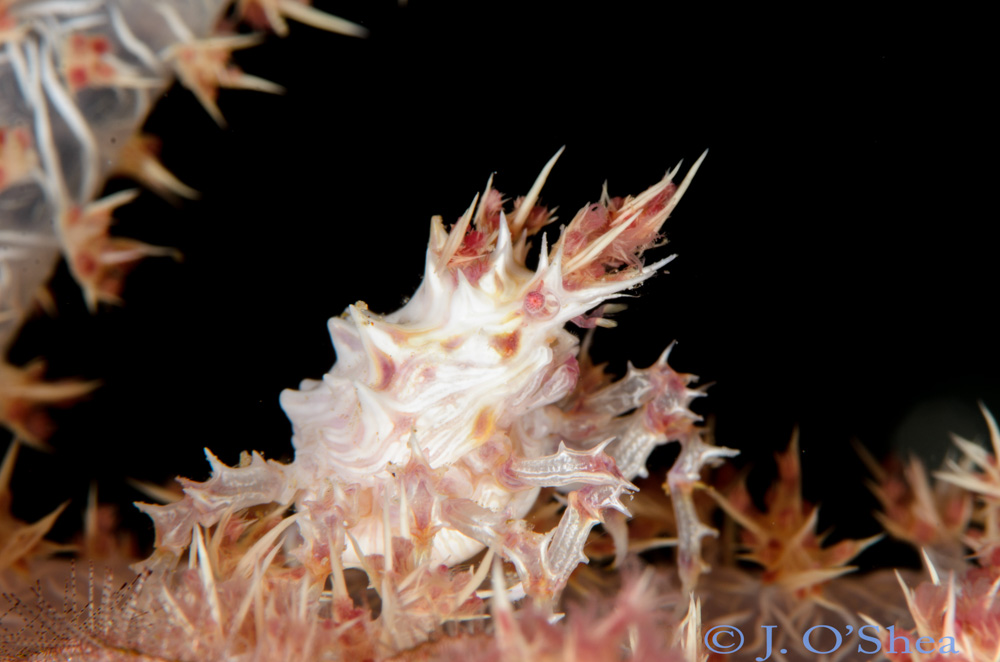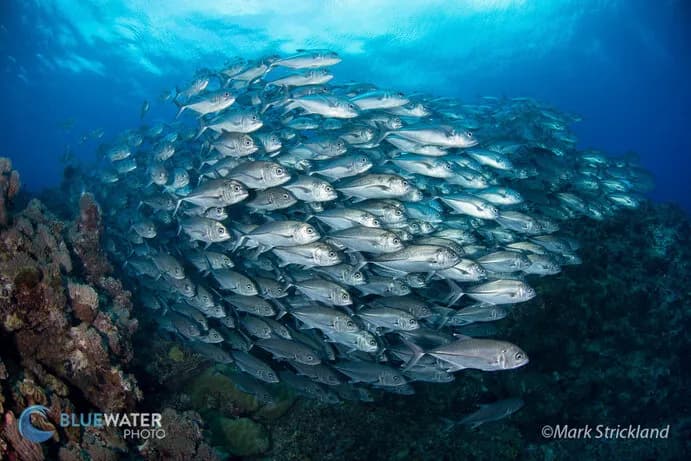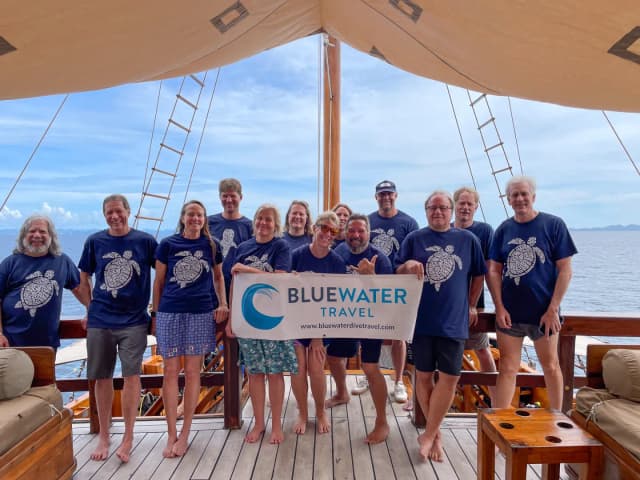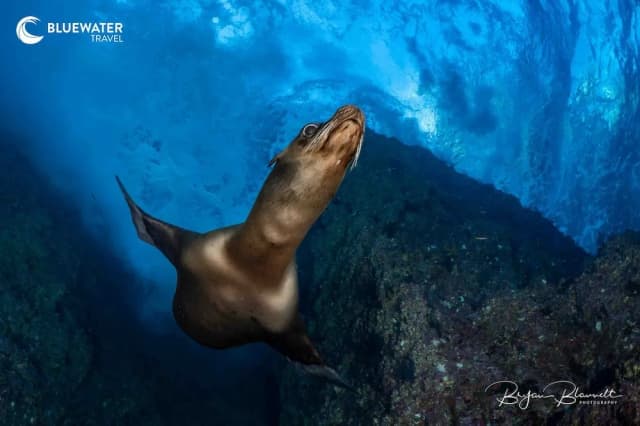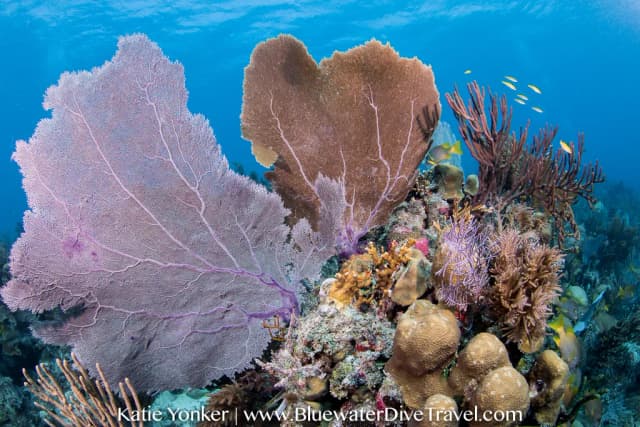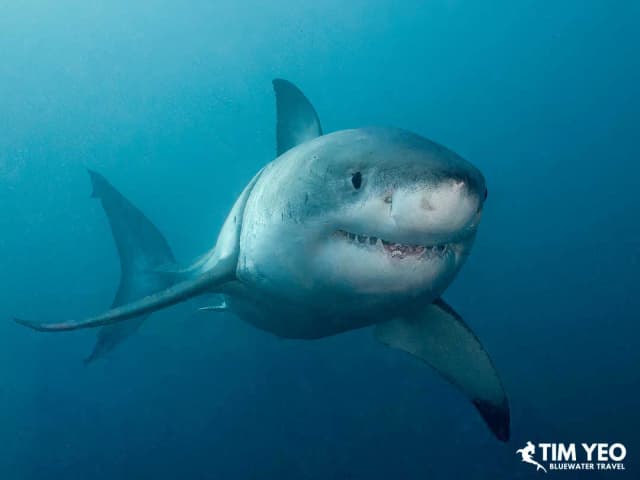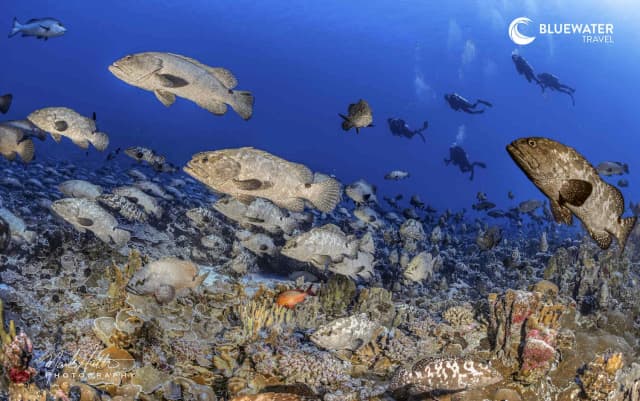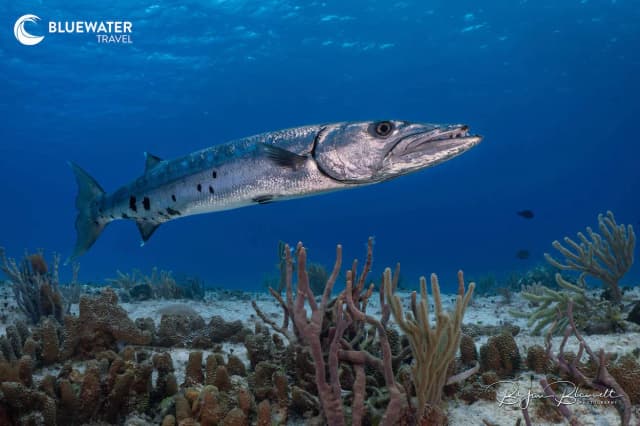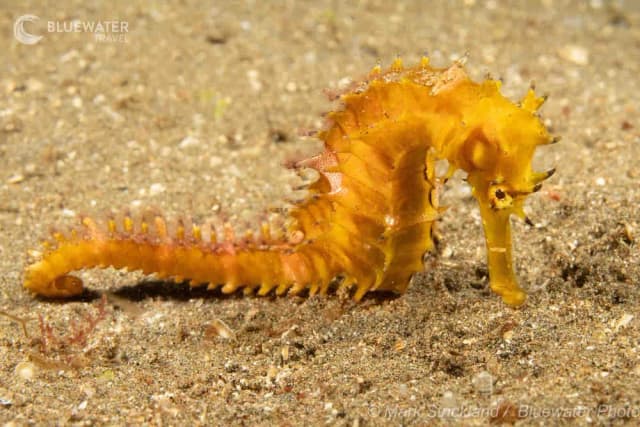Solomon Islands Aboard The Bilikiki Trip Report
By Joanna O'Shea
The Solomon Islands is a dive destination that has it all. You want wrecks? There are hundreds of em. Like exploring caves? No problems. Endless healthy coral gardens? Absolutely. Biodiversity to rival places like Indonesia, PNG, and the Philippines? Easy. Oh, and you dont want to see any other dive boats? You wont.
Not many tourists go to Solomon Islands, which has pros and cons if you want to go there. On one hand its more expensive than Asia, and its not as well set up for tourism as other Pacific countries like Fiji. But on the other hand, the standard of diving is absolutely world class - in fact I (and many others) think it's the best in the world. This makes the hassle well worth it.
Our trip began in Honiara, capital of the Solomon Islands. Honiara is on the island of Guadalcanal, which was made famous by the fierce battles fought there in World War II.
We boarded the Bilikiki, which for years has been the only liveaboard dive boat in the Solomons. Its not the most modern boat, but its extremely comfortable, well run, and has a fabulous crew. After being briefed by the dive managers Daniela and Csaba, we set sail to the first destination: the Florida Islands. This is a small group of islands a few hours off the coast of Honiara.
The Bilikiki is a well run, extremely confortable liveaboard that has a fabulous crew.
The first night dive, at a site called Battery Beach, was particularly excellent. In calm, shallow waters we found bobbit worms, mantis shrimps, cuttlefish, and juvenile crocodile fish. We also saw some really interesting snails crawling along the sand slopes, such as the venus comb murex and various types of conchs.
Bobbit Worms were among the creepy crawlies we found at Battery Beach.
Another highlight of the Florida Islands was a site called Mbike Island, which has a small shipwreck covered in coral, tunicates, and lots of critters. This wreck is known for the large amount of dusky nembrotha nudis which can always be found on it.
There were lots of nembrotha nudibranchs on the wreck.
We then sailed a few hours west, to a small group of islands called the Russell Islands. Dive after dive we enjoyed pristine coral gardens, and an excellent variety of wide angle and macro subjects. There were also some cave dives, though not the dark and scary kind. Several islands have cuts into and under the reef, where you can swim through and then surface (slowly of course), in a pool under the jungle canopy on the island. It is somewhat surreal not to mention totally awesome to be in your scuba gear, looking up at trees and vines and birds in the interior of the island. Here is a photo of a site called Custom Cave.
It was surreal diving in one of these caves and surfacing in a pool under the jungle canopy.
Many guests successfully took on the challenge of photographing the pygmy seahorses which are found at several sites in this area.
Solomon Islands offer many opportunities to photograph pygmy seahorses..
And at Lagoon Point, we were lucky to find a frogfish. They are relatively uncommon in the Solomons (compared to places like Anilao).
Frogfish are not common in the Solomon Islands but we were lucky to find one.
We then continued on to Marovo Lagoon, which is the longest saltwater lagoon in the world and is listed as a World Heritage Area. It encompasses 700 square km and is protected by a double barrier reef system.
A site called Wickham was a favourite for its colourful soft coral gardens. Then it was time for more wreck diving, this time on the Maru 2, which is an unidentified Japanese ship that was torpedoed during WWII. For the wreck-heads there were guns and damage and interesting parts of the wreckage to explore. For those more interested in marine life, like me, the wreck offered schools of glassfish, dwarf hawkfish, and a couple of peacock mantis shrimp who were happy to pose for us.
Next it was on to Mary (Mborokua) Island. This is a small but beautiful volcanic island which stands alone in open sea between the New Georgia and Russell island groups. Mary island is uninhabited, and the Bilikiki is the only boat that goes there, so this is a real hidden gem of the Solomons.
After the first dive at Mary Island, with massive swirls of barracuda and jacks, several guests commented that it was the most amount of fish they had EVER seen, and one guest said it was the BEST dive of his entire life. Now, thats what I love to hear!!
When the schools of barracuda swam past it was like watching a freight train, it just kept going and going, until we couldnt see the start but also couldnt see the end. To make things even more exciting, we could here a nearby active underwater volcano (called Kavachi) the deep rumbling bass provided a dramatic soundtrack for the huge schools of barras.
An endless train of barracuda.
We then headed back towards the Russell Islands, where we dived the Wreck of the Ann twice once to shoot the beautiful wreck in wide angle, and once to capture the wonderful macro life living in its soft corals, such as this soft coral crab.
The Wreck of the Ann had lots of macro subjects like this soft coral crab.
After the Wreck of the Ann we visited White Beach, which is a site that was used as an American supply base during WWII. When it was time for the Americans to go home, they dumped all their equipment into the water instead of taking it with them. Today, this site is home to a vast array of war wreckage and items such as forklifts and trucks, old coke bottles, bullets and shells.
Its also home to tons of nudis, jawfish, cuttlefish, archer fish, pyjama cardinal fish, mantis shrimps and other critters. There were lots of these pipefish.
Portrait of a pipefish.
Some of the guests had fun photographing an adorable juvenile sweetlips if youve seen how flappy and wiggly these guys are when they swim, youll appreciate how hard it can be to get a good shot!
At most dive sites, local villagers would paddle out to the boat to sell vegetables. The income from selling their garden vegetables to the Bilikiki provides reliable cash to these villages, which helps to pay for things like school fees and medical costs.
We had fresh locals vegetables for all our meals.
They were very happy to smile for photos and to watch with interest as we experimented with taking split shots in the mangroves.
Spilt shots in the mangroves.
There were unfortunately a few days where the sun refused to come out, but apart from that the trip was a huge success.
And then all too soon, the trip was over! As we sailed back towards Honiara on the last night, the sunset was breathtaking.
Breathtaking sunsets from the Bilikiki.
Thanks again to the lovely crew on the Bilikiki, and most importantly to the fantastic Bluewater guests who came on this trip.
Joanna O'Shea
Huge smiles from everyone on the Bluewater workshop. Thanks for a memorable trip.
How to Book the Bilikiki
Bluewater Travel can book you on any Bilikiki trip in the Solomon Islands, for the same cost or less than booking any other way. We know the routes, cabins, and when to go better than anyone else!
For reviews, read our Bilikiki liveaboard reviews
Email us at info@bluewaterdivetravel.comto start your adventure.
The Wreck of Ann is covered in soft corals.
Cool Articles and Hidden Gems
Raja Ampat Dive Report 2019
Sea of Cortez Trip Report 2021
Socorro May 2021 Group trip recap - Mantas!
Orca Oktavia - a Norway Liveaboard
MV Dolce Vita Liveaboard - Sudan & Red Sea
Baja Ultimate Whale Safari Report 2025
Looking for a land-based option, check out Dive Munda.
